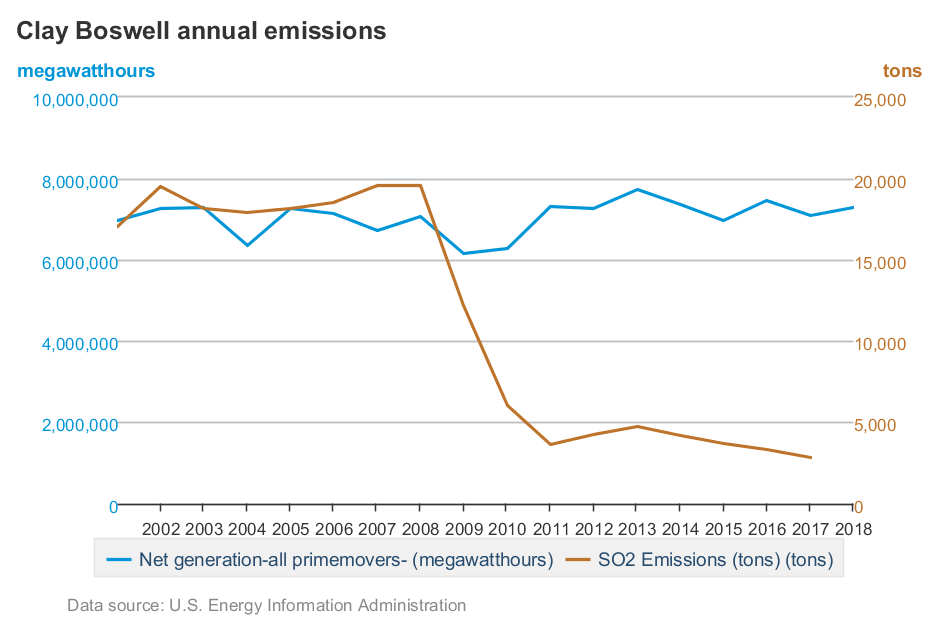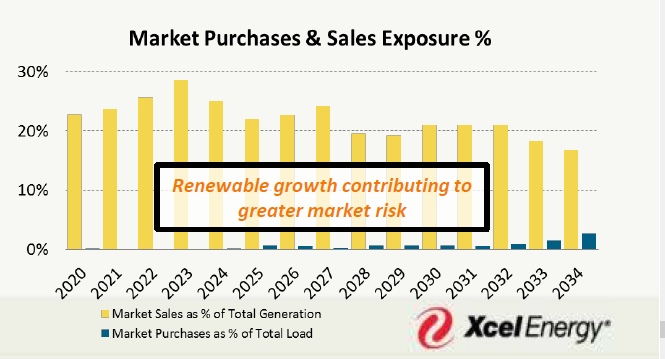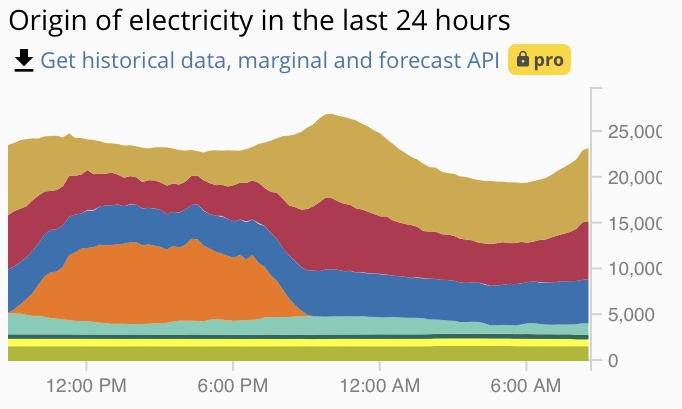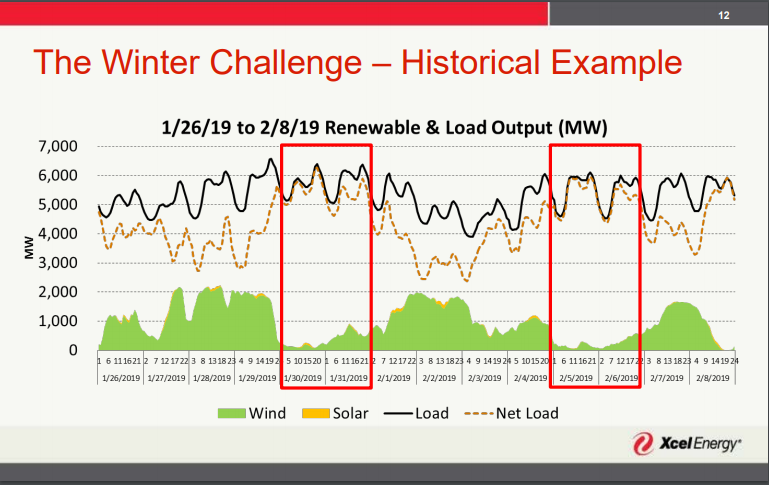St. Paul Green Party Mayoral Candidate’s Paper Straw Response to my PiPress Article Doesn’t Hold Up
Last week I had an opinion editorial in the St. Paul Pioneer Press discussing how Minnesota’s foray into wind and solar has led to higher electricity costs for no measurable environmental benefits. This prompted Elizabeth Dickinson, the former Green Party mayoral candidate for St. Paul to write a letter accusing me of using cherry-picked data.
However, upon further scrutiny, the logic she uses in her letter to the editor holds up as well as paper straws.
This sort of accusation is commonplace, but it does not make it correct. I’ve posted her letter below with my own thoughts about the points made by Ms. Dickinson. To make this more fun, I will rate the validity of the statements on a scale of one to five paper straws, with one being the stronger argument and five being the weakest.
When Isaac Orr asserts that an increase in electricity costs “would far exceed any potential environmental benefit” in Xcel’s resource plan, he is misleading at best, particularly since the only environmental benefit he includes is the discounted price of carbon dioxide (“Minnesota’s high electric bills will continue to rise higher”, Aug. 1).
Most experts agree that carbon pricing doesn’t include all the widely recognized and accepted scientific and economic impacts of climate change.
If Orr had included specifically the avoided medical costs from breathing cleaner air, or drinking cleaner water, or the avoided costs of insurance payouts or government interventions due to increased climate-related disasters such as extreme weather events, then renewables are a clear bargain.
This is a common tactic used by renewable energy advocates against conservatives to suggest that wind and solar offer a superior value to coal, natural gas, and nuclear, however it is incorrect.
First and foremost, Minnesota’s air already meets all federal air quality standards, which are established to protect even the most vulnerable populations such as children and the elderly. In fact, wood burning is responsible for more air pollution than all of our factories and power plants. This means if the author truly thinks cleaning the air is important, she should be seeking to ban campfires.
Ms. Dickinson’s first argument rates as four paper straws.

His solution of maintaining coal and increasing nuclear ignores one basic fact. Customers don’t want dirty or poisonous energy if a clean, local, equitable, affordable and reliable solution exists. (Even hydroelectric is not free from serious environmental and social costs in the forms of river flow disruption, the blocking of migratory fish passage, sudden occurrence of floods, increase in number of earthquakes and displacement of local communities.)
Here the author is seemingly claiming that wind and solar are cleaner, more local, more equitable, more affordable, and more reliable than coal, natural gas, nuclear, or hydro electric power. I don’t know of a way to objectively measure equity, so I will address the other claims.
Cleanliness: Coal plants have become much cleaner as recently as ten years ago. Advances in pollution control equipment have greatly diminished air pollution while at the same time allowing coal plants to generate affordable, reliable electricity as you can see in the graphic below. Natural gas plants generate electricity while emitting just a fragment of the nitrous oxides and sulfur dioxide of coal plants, and nuclear plants operate without any of these emissions.
While wind and solar don’t emit particulates, coal plants have greatly reduced their emissions and natural gas and nuclear are clearer still. Therefore I give this argument one paper straw.

More local: At first blush, this criteria seems to support the argument for wind and solar. However, Xcel Energy’s resource plan, and the experience of California, shows that states become more reliant on imported power than states which use more coal, natural gas, and nuclear power. This occurs because we cannot control when the wind blows or the sun shines, and if we shut down our coal and natural gas plants, we won’t have enough power plants to meet our demand.
Xcel already predicts they will have to buy power from the outside market starting in 2024, despite the fact that they plan on building 3,000 to 4,000 megawatts of solar. For context, Xcel’s Sherco and AS King coal plants only have a capacity of 2,750 megawatts. This means we’ll have more capacity online than we have today, but will be generating less electricity.

California is interesting in this regard. The graph below shows California is dependent upon Arizona and Nevada to meet its electricity demand when there isn’t enough wind or solar electricity on the grid. The brown portion of the graph shows imported electricity. As you can see, California depends on other states to meet its peak demand for electricity.

Rather than providing more local electricity, renewables outsource electricity generation to other states with more reliable power platnt as they gain a larger market share. Minnesota doesn’t have deposits of coal, natural gas, or uranium, so it will always depend on other states for fuel, but it doesn’t have to rely on them for electricity. Generating electricity at Sherco is far more local than importing wind power from wind farms in North and South Dakota. Therefore this argument gets three paper straws.
Affordability: Despite the constant claims that wind and solar are the lowest cost forms of electricity in Minnesota, real-world cost data shows this is untrue. The Federal Energy Regulatory Commission publishes cost data from power plants across the country. American Experiment dug through the data and found that coal is actually the lowest cost source of electricity in the state, and that wind and solar cost far more.
According to the FERC data, wind was more expensive than coal or gas, even if one is to use the unsubsidized cost of wind from Bloomberg New Energy Finance, which I think is unrealistically low. American Experiment found that the unsubsidized cost of wind in Minnesota is closer to $48 when realistic costs for wind are used, and realistic capacity factors (44 percent) are used.

Furthermore, Ms. Dickinson’s line of reasoning does not account for the cost of keeping the lights on when the wind is not blowing or the sun is not shining, transmission investments for wind, increasing property taxes or utility profits. When these costs are incorporated into the cost of wind, the cost of wind increases to $113 per megawatt hour, or nearly four times the cost of generating electricity at Sherco.
This argument gets five paper straws.
Reliability:
Of all the arguments made by the author, this one holds up the worst. Wind and solar are the most unreliable sources of electricity we have. We simply cannot control when the wind will blow or the sun will shine, and therefore we have no control when these sources of energy will generate electricity. Oftentimes wind and solar do not generate electricity when we need it most, such as during the polar vortex.

This argument also gets five paper straws.
It’s not just incentives that make investor-owned utilities adopt renewables like wind and solar. Indeed, it’s to their financial benefit to keep the dirty energy burning for as long as possible to maximize their profits.
This is simply not true. Investor-owned utilities do not make a profit on depreciated assets. In other words, the amount of profit a company like Xcel makes on a coal plant is far less than a new natural gas plant, a wind turbine, or a solar panel. It is exactly for this reason that Xcel wants to close their coal plants more than a decade early and replace them with solar, which operates at an 18 percent capacity factor, wind and natural gas.
Four paper straws.
But the customer is speaking. And if customers are helping pay for their energy, then they want wind and solar — and lots of it.
Trying to frighten people out of a clean, affordable energy future using cherry-picked facts and misleading assertions is just sad.
The customer has no choice but to pay for wind and solar because the customer is forced to buy their electricity from the utility company in their service area no matter the cost. Unfortunately, there is no service plan that allows customers to not pay for wind and solar, but hopefully there is someday. Five paper straws for this argument, as well.